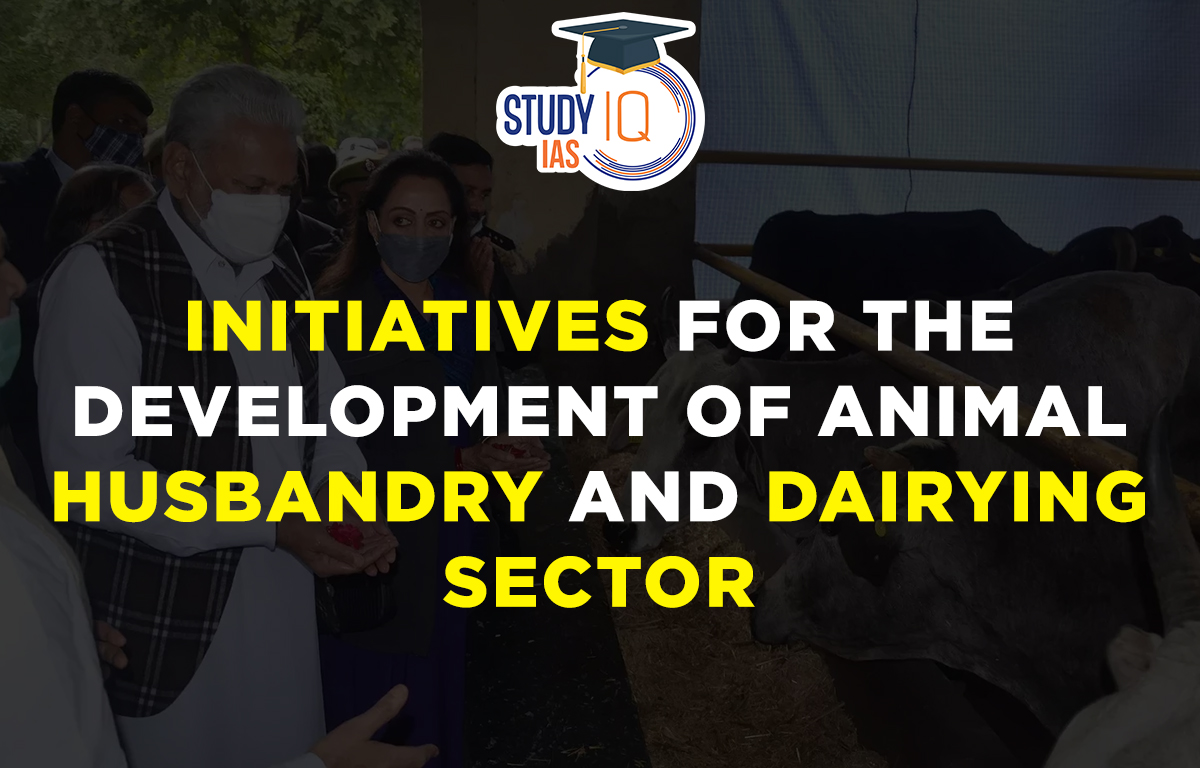Table of Contents
Context: Recently, the Union Minister of Fisheries, Animal Husbandry and Dairying informed Lok Sabha that India is the highest milk producer in the world.
Highlight
- According to production data from the Food and Agriculture Organization Corporate Statistical Database (FAOSTAT), India is the highest milk producer in the world contributing twenty-four per cent of global milk production in the year 2021-22.
- According to the United States Department of Agriculture (USDA) “Dairy and Products Annual – 2021” report, India is also the largest consumer of milk and milk products.
- India’s per capita milk consumption at 406 grams (g)/day (2019-2020), already exceeds the world average of 305 g/day (2020).
- Milk production in India has registered a fifty-one per cent increase during the last eight years- during the year 2014-15 and 2021-22.
- Milk Production in the country has increased from 146.31 Million Tonnes in 2014-15 to 221.1 Million Tonnes in 2021-22 i.e. by 6.38% per annum during the last 8 years.
- The value of the output of milk is more than Rs. 9.32 lakh crore during 2021-22 which is higher than the agriculture produces and even more than the combined value of paddy and wheat.

Various Schemes to Promote And Develop Animal Husbandry And Dairying Sector
| Steps | Description |
| National Programme for Dairy Development |
|
| RASHTRIYA GOKUL MISSION |
|
| National Digital Livestock Mission” (NDLM) | Improving the productivity of the animals, control diseases that affect both animals and humans, ensure quality livestock both for domestic and export markets. |
| Livestock Health and Disease Control Programme | Aim: To improve the animal health sector by way of implementation of prophylactic vaccination programmes against various diseases of livestock and poultry, capacity building, disease surveillance and strengthening of veterinary infrastructure. |
| Animal Husbandry Infrastructure Development Fund (AHIDF) |
|
| Dairy Processing and Infra Development Fund |
|


 Indian Councils Act 1861, History, Provi...
Indian Councils Act 1861, History, Provi...
 Daily Quiz 17 April 2025
Daily Quiz 17 April 2025
 Nilgiri Biosphere Reserve, Map, Climate,...
Nilgiri Biosphere Reserve, Map, Climate,...





















